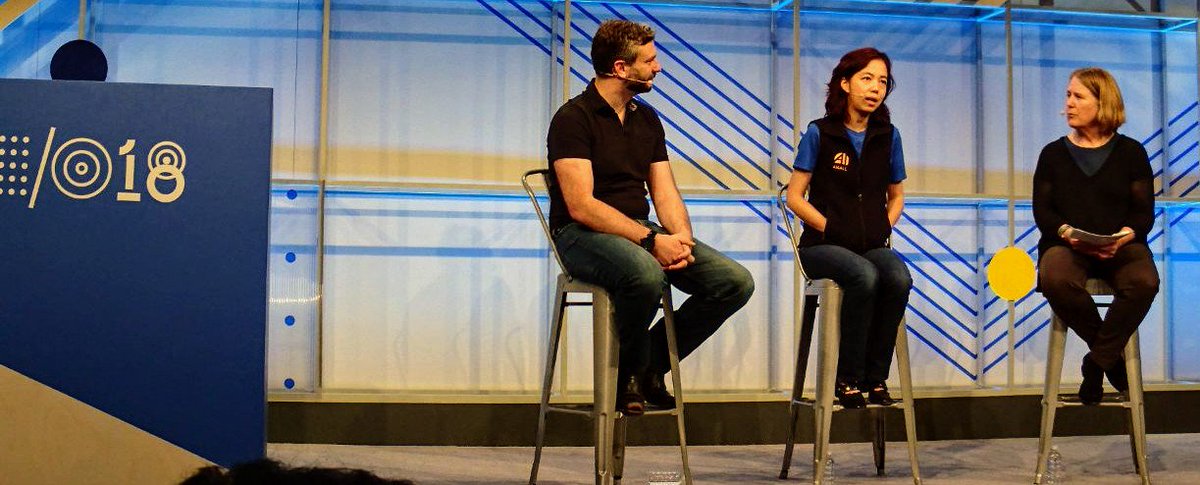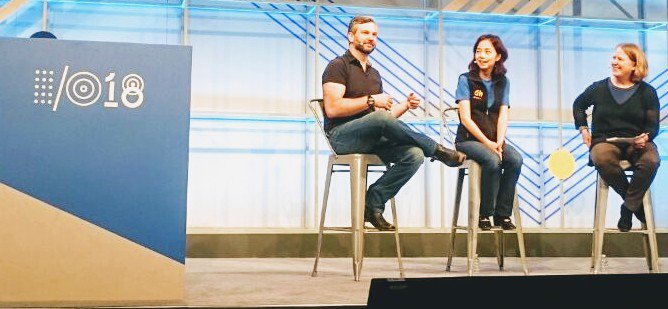

With respect to Sophia's blinking, she does so much slower (normal, non-anxiety related

Although Sophia's central forehead does contract & elevate along with the

From a nonverbal perspective, anger is an interesting emotion - for
Although the image immediately above is of low-resolution, Sophia appears to be expressing
As robots and AI improve, we will see much greater nuance -

If a smile is sincere, it should not reveal the bottom teeth


/ END









